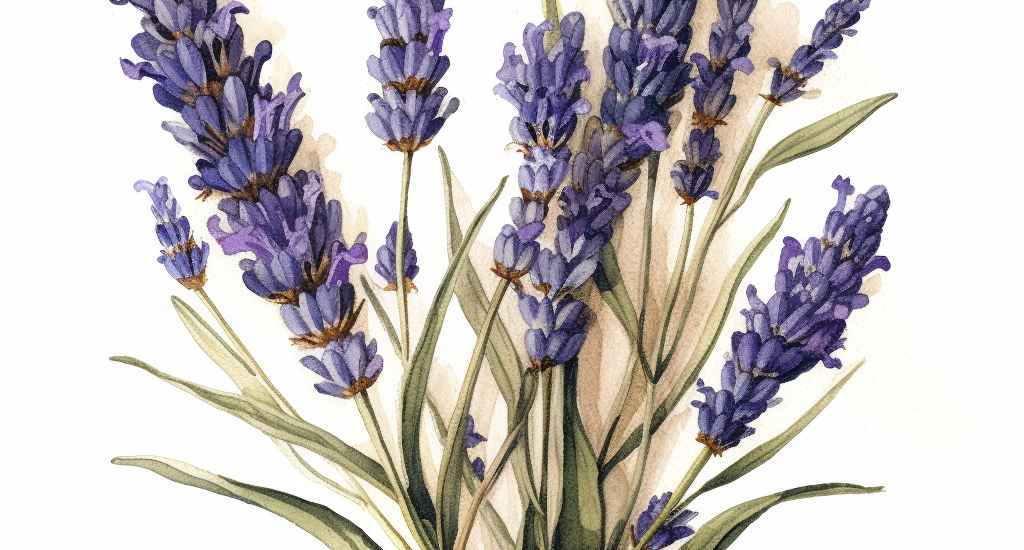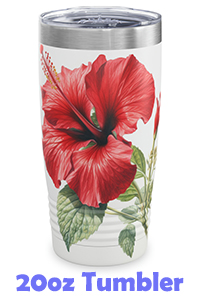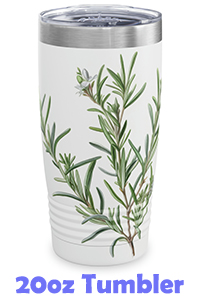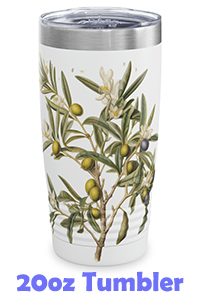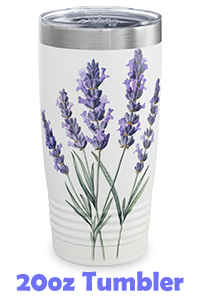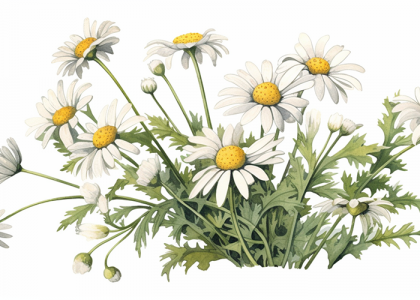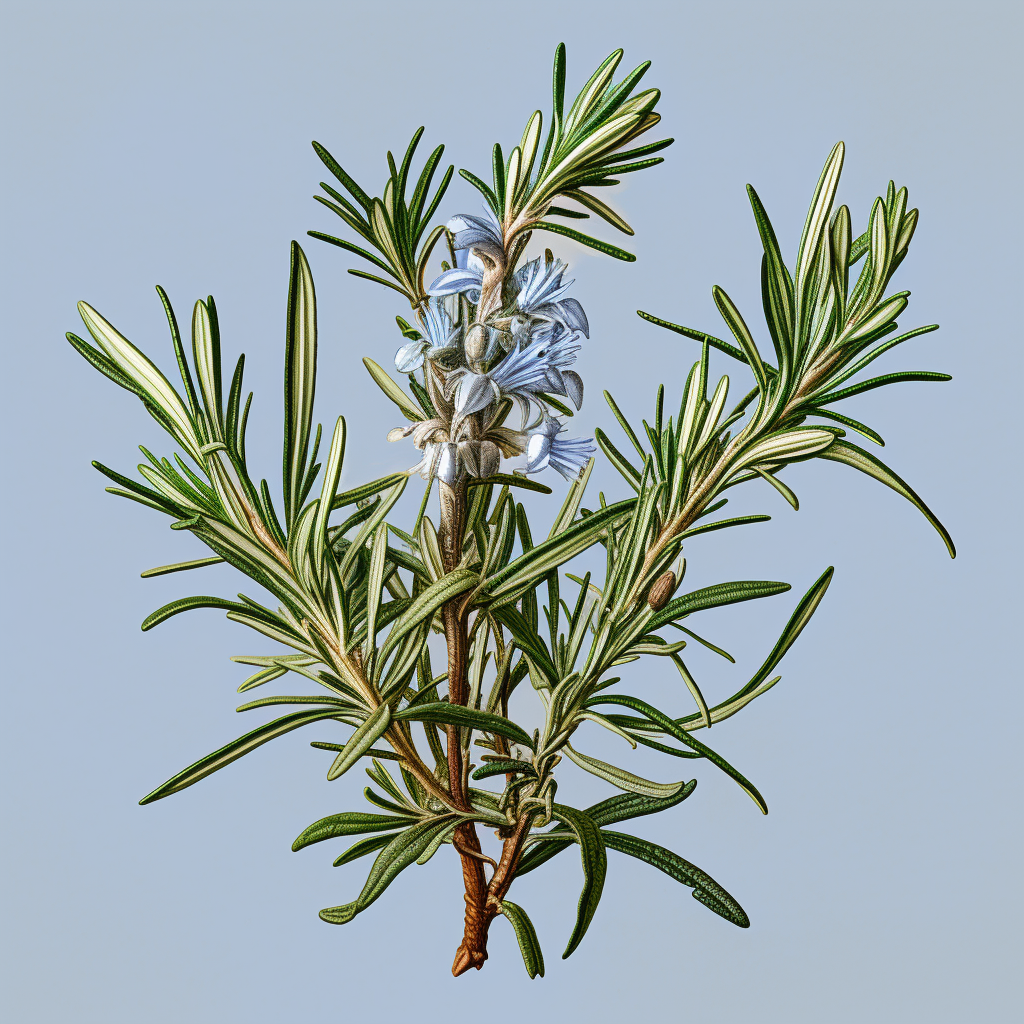Growing Lavender
Lavender is a beautiful and fragrant herb that is popular for its soothing scent and calming properties. It is easy to grow and can be used in a variety of ways, from cooking to crafting. In this blog post, we will explore how to grow lavender and some tips to help ensure a successful harvest.
Choosing the Right Location
Lavender thrives in full sun and well-draining soil. Choose a spot in your garden that receives at least six hours of direct sunlight each day. Lavender prefers soil with a pH of 6.5 to 7.5, so if your soil is acidic, you may need to add lime to adjust the pH level. You might want to consider having this one in a pot. I had a lavender plant in the ground for years, and when we dropped to 9 degrees fahrenheit for a day or two my lavender didn’t survive.

Soil Preparation
Lavender requires well-draining soil to prevent root rot. Before planting, mix organic matter such as compost or sand into the soil to help improve drainage. You can also add perlite or vermiculite to the soil to further improve drainage. This is one of the plants that I use a 1/2 topsoil, 1/2 sand mixture. This allows the plant to drain well, as it doesn’t like to have wet feet. I like topsoil because it doesn’t have sticks or fertilizer mixed in with it.
Watering
Lavender is drought-tolerant and does not require frequent watering. Water deeply once a week, or when the soil feels dry to the touch. Be careful not to overwater, as lavender does not like wet feet and can be prone to root rot. That being said, you will want to water heavily when you first pot the plant until it is established. Also, in Texas during the heat of the summer, I water my lavender every day. Monitor the wetness of the soil, and you’ll get a feel for how often you need to water.
Pruning
Pruning is essential to keep your lavender plants healthy and encourage bushy growth. Prune your lavender plants in the spring, just as new growth begins. Cut back about one-third of the plant, being careful not to cut into the woody stems.
Harvesting
Lavender is best harvested when the flowers are just beginning to open. Cut the stems just above the leaves, leaving a few inches of stem attached. Hang the stems upside down in a warm, dry, and dark location to dry. Once dry, strip the flowers off the stems and store them in airtight containers.

Conclusion
Growing lavender is a wonderful addition to any garden. With the right location, soil preparation, watering, pruning, and harvesting, you can ensure a successful harvest of fragrant lavender flowers. Lavender can be used in a variety of ways, from making sachets and potpourri to cooking and crafting. Incorporating lavender into your life can help promote relaxation and calmness, making it a must-have herb for any garden.
Health Benefits of Lavender
Lavender is a fragrant herb that is popular for its soothing scent and calming properties. It is often used in aromatherapy to promote relaxation and reduce stress. However, what many people may not know is that lavender also offers numerous health benefits. In this blog post, we will explore the various health benefits of lavender and how you can incorporate it into your daily routine.

Reduces Anxiety and Stress
Lavender is known for its calming properties and has been found to reduce anxiety and stress levels. Inhaling the scent of lavender oil or using lavender essential oil in a diffuser can help promote relaxation and improve mood. A study found that inhaling lavender oil for 30 minutes significantly reduced anxiety levels in participants.
Helps Improve Sleep
Lavender has also been found to improve sleep quality. Inhaling lavender essential oil or using it in a diffuser before bedtime can help promote relaxation and reduce insomnia. A study found that participants who inhaled lavender oil before bedtime reported better sleep quality and felt more rested in the morning.
Relieves Pain and Headaches
Lavender has analgesic properties, which means it can help relieve pain and headaches. Applying lavender essential oil topically to the affected area or inhaling it can help reduce pain and discomfort. A study found that inhaling lavender oil for 15 minutes helped reduce the severity of migraine headaches in participants.
Boosts Immune System
Lavender contains compounds that have been found to boost the immune system. These compounds help stimulate the production of white blood cells, which are essential for fighting off infections and diseases. Drinking lavender tea or using lavender essential oil in a diffuser can help boost your immune system and keep you healthy.
Improves Skin Health
Lavender has been found to have antibacterial and anti-inflammatory properties, which makes it great for improving skin health. Applying lavender essential oil topically to the skin can help reduce inflammation, prevent infections, and soothe irritated skin. Lavender oil is also a natural remedy for acne, as it can help reduce inflammation and prevent bacterial growth.

Conclusion
Lavender offers numerous health benefits, from reducing anxiety and stress to improving sleep quality and skin health. Incorporating lavender into your daily routine is easy, whether through inhaling the scent of lavender essential oil or applying it topically to the skin. Lavender is a versatile herb that can be used in a variety of ways, making it a must-have for any health-conscious individual. So next time you’re feeling stressed or need help getting a good night’s sleep, consider using lavender to promote relaxation and improve your overall well-being.

